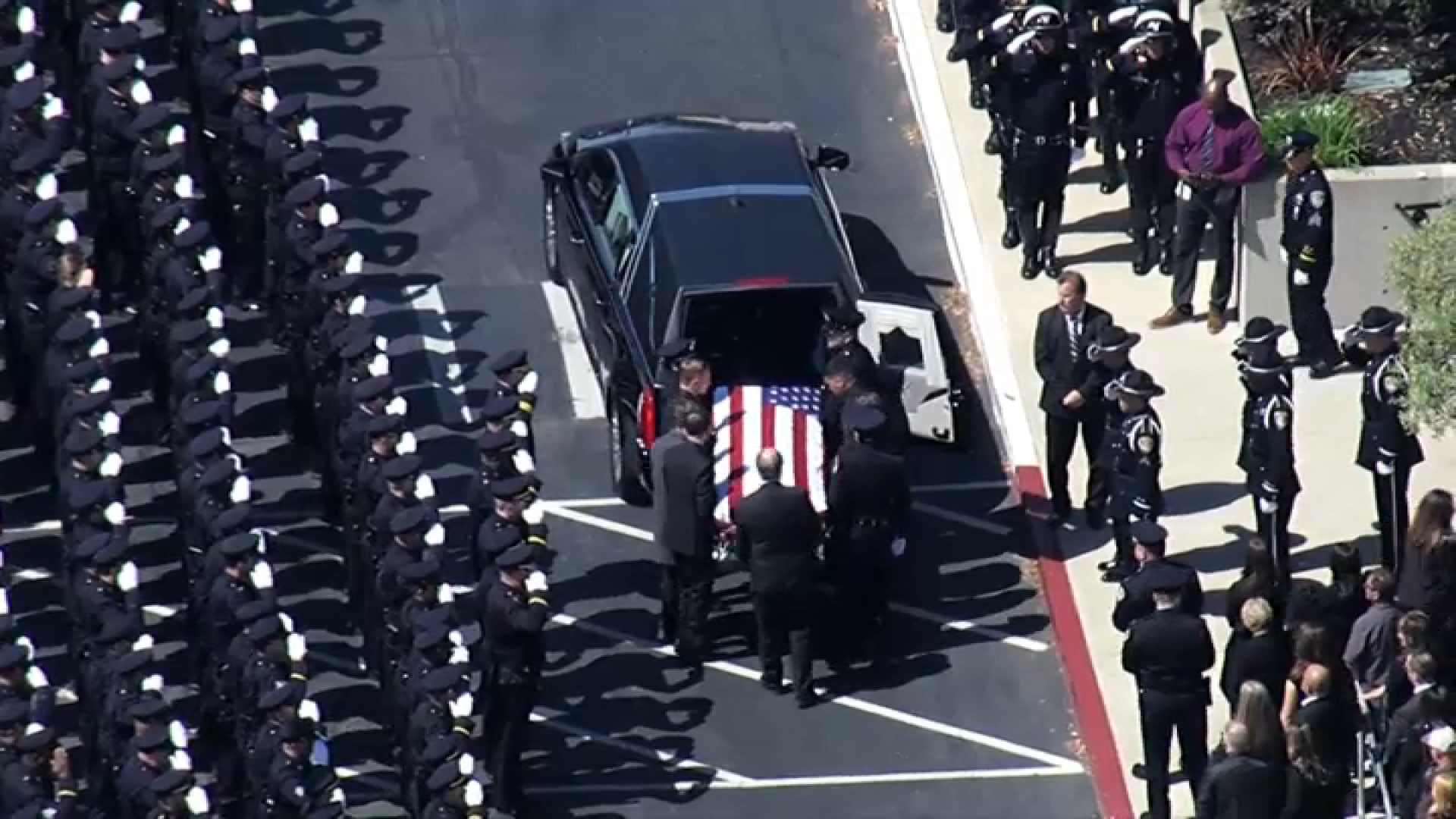Stanford Professor Carolyn R. Bertozzi is among three winners of the Nobel Prize in Chemistry for 2022, according to an announcement Wednesday morning from the Royal Swedish Academy of Sciences in Stockholm.
Bertozzi and co-winners, Morten Meldal and K. Barry Sharpless, won "for the development of click chemistry and bio-orthogonal chemistry," according to a news release from the academy.
Sharpless, who earned his doctorate at Stanford in 1968, became only the fifth person to win a second Nobel honor, according to the university.
Get a weekly recap of the latest San Francisco Bay Area housing news. Sign up for NBC Bay Area’s Housing Deconstructed newsletter.
Bertozzi is the Anne T. and Robert M. Bass Professor in the School of Humanities and Sciences and the Baker Family Director of Stanford ChEM-H.
Bertozzi said she was first notified of the news via phone call at 1:43 a.m. The first person she called was her father, a retired physics professor.
"He's 91 and, of course, he was just overjoyed," said Bertozzi. "And then he called my sisters for me, and we've been texting. One of my sisters and my dad watched it live."
Local
The announcement praised Bertozzi for taking "click chemistry to a new dimension and started utilising it in living organisms.
“These two chemicals, the bioorthogonal chemicals, are very carefully engineered to ignore every other chemical and find each other across a crowded room and form a bond,” said Bertozzi. “Now, this is a superpower.”
A type of precision medicine – that can be used to kill cancerous cells – without affecting the rest of the body.
The academy described Bertozzi's breakthrough research as having a major impact in the field.
"Bertozzi took click chemistry to a new level," according to the announcement. "To map important but elusive biomolecules on the surface of cells - glycans - she developed click reactions that work inside living organisms. Her bioorthogonal reactions take place without disrupting the normal chemistry of the cell.
"These reactions are now used globally to explore cells and track biological processes. Using bioorthogonal reactions, researchers have improved the targeting of cancer pharmaceuticals, which are now being tested in clinical trials."
The announcement also described Meldal and Sharpless as having "laid the foundation for a functional form of chemistry - click chemistry - in which molecular building blocks snap together quickly and efficiently."
“It’s extraordinary. It’s surreal. It’s exciting,” said Bertozzi.



